Honduran Shirley Coffee Bean Wine barrel fermentation treatment Coffee Bean brewing Flavor characteristics
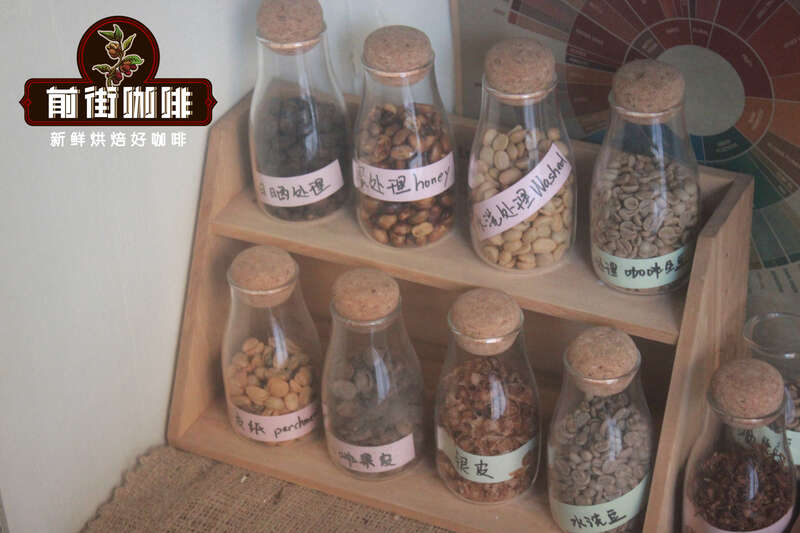
Professional coffee knowledge exchange more coffee bean information please follow the coffee workshop (Wechat official account cafe_style)
In the Qianjie shop, many coffee fans will order a cup of Honduran sherry or litchi orchid. Their flavor is very distinctive. Qianjie thinks that this has a lot to do with their coffee bean treatment. They are all fermented by wine barrels, so the flavor is also very charming. This article in Qianjie will talk about the characteristics of Honduran coffee producing areas. Let's see what makes Honduran coffee fascinate people.
Cultivation conditions of coffee in Honduras
Honduras is located in the north of Central America, close to the well-known coffee producers Guatemala and Nicaragua, more than 3/4 of the territory is mountains and plateaus, mountains extend from west to east, inland lava plateaus, multi-mountain valleys, coastal plains. The climate is tropical, with an average annual temperature of 23 ℃ and abundant rainfall, so it is especially suitable for the growth of coffee.
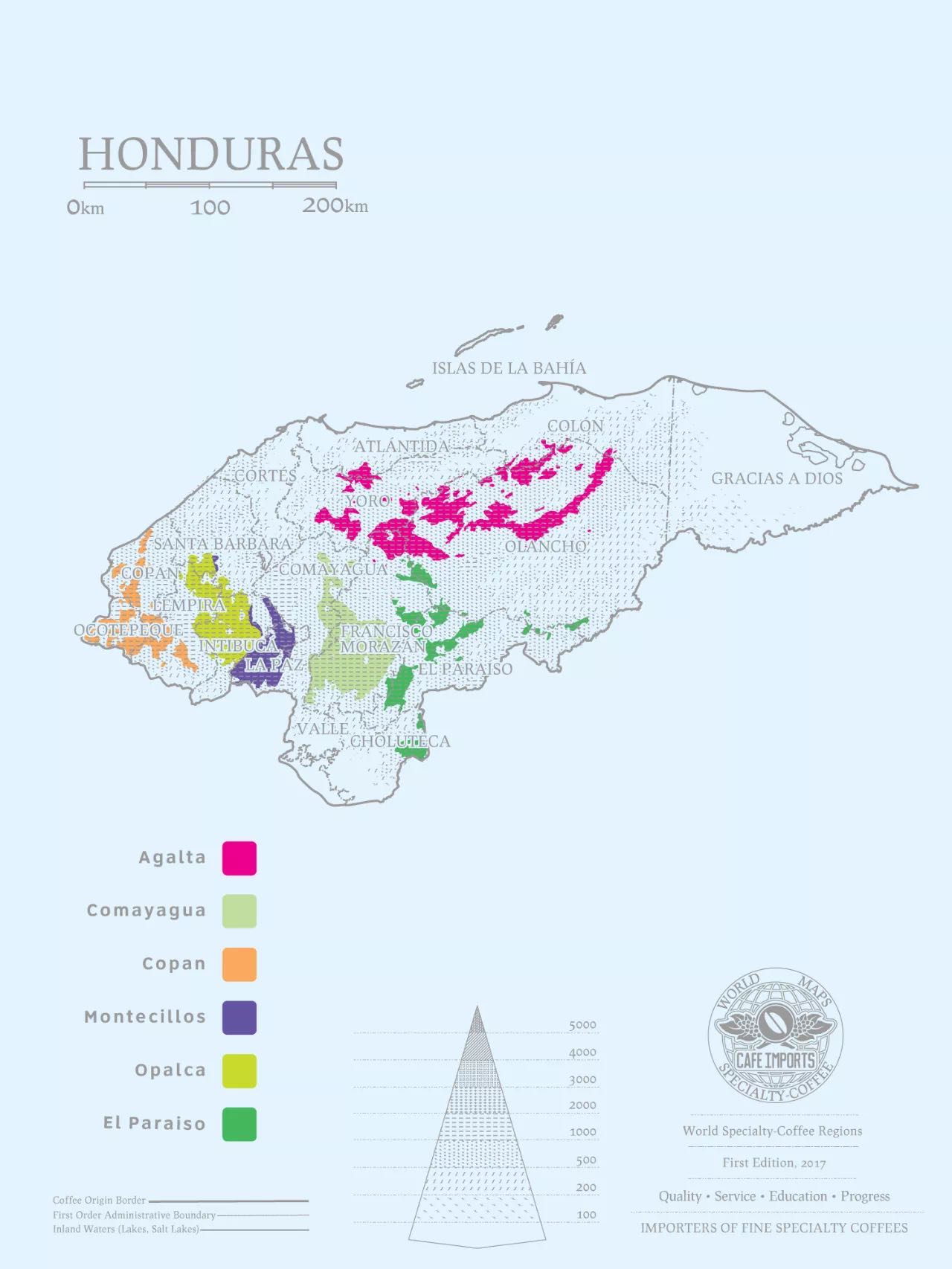
On the other hand, according to the cup test on the front street, Honduran coffee beans are thought to be similar in flavor to neighboring Guatemala and Nicaragua, but they can obviously feel the taste of exotic spices in the aroma, which is very comfortable to drink, and the latter part also has the mellow feeling of nut chocolate. the overall balance is layered, so people have to fall in love with it.
Coffee History of Honduras
According to Qianjie, Honduran coffee was first introduced to Honduras by Spanish merchants in the late 18th century and was grown on a small scale in 1804.
Even so, coffee in Honduras started later than that of its neighbors, and its fame was naturally not as big as that of its neighbors at the beginning, because of the lack of transportation construction linking the origin and the port in Honduras, which led to the slow start of the coffee industry.
After 1970, the government began to attach importance to the cultivation of coffee, so it also created the official organization IHCAFF (Instituto Hondure ñ o del Cafe) for coffee, dedicated to improving the quality of coffee.
Then in 1975, coffee production fell sharply in Brazil due to frost, while Honduras took advantage of it. Coffee production soared from 500000 bags to 1.8 million bags and was looted. It was only after that that coffee production in Honduras really developed.
Then in the 1990s, Central American boutique coffee rose, when other countries won by quality, while Honduras lagged behind in coffee quality. The main reason is that in the process of raw bean treatment, due to abundant and uncertain rainfall in the mountain area, the final stage of drying is affected.
In 2004, the year of Honduras held the first Zhuoyue Cup raw bean competition.
Finally, in 2011, Honduras produced more coffee cherries than Costa Rica and Guatemala because it was suitable for growing coffee cherries throughout Honduras. Become the second largest coffee exporter in Central America and the tenth largest coffee exporter in the world.
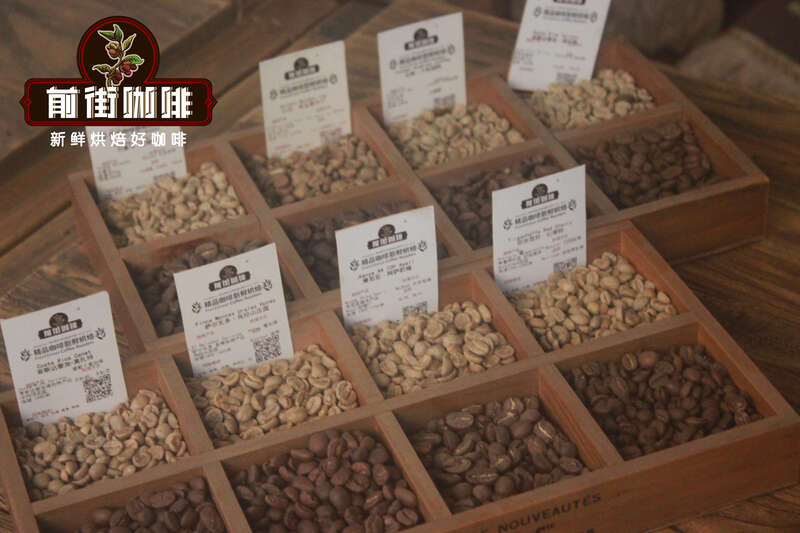
According to Qianjie, coffee beans in Honduras have played an important role in its economy and national development. There are 280000 hectares of coffee plantations in Honduras, mainly small coffee plantations, most of which are less than 3.5ha, and these coffee plantations account for 60 per cent of all coffee production in Honduras.
Coffee producing areas of Honduras
The coffee producing areas of Honduras can be divided into six major producing areas, namely, Koban, Obalaka, Mondesius, Gongma Agua, Akata and Paraso, which are located in the west and south. Next, Qianjie briefly introduces these producing areas.
1. Section area (Copan)
Location: located in western Honduras, bordering Guatemala.
Altitude: 1000-1500 m
Temperature: 11.5-22.5℃
Precipitation: 1300-2300 mm
Harvest: November-March
Flavor: it shows a strong chocolate flavor, characterized by the sweetness of honey and caramel, and the fruit flavor is relatively light.
2. Obalaka District (Opalaca)
Location: located between Santa Barbara, Intibuka and Lompira areas.
Altitude: 1100-1500 m
Temperature: 11.5-22.5℃
Precipitation: 1400-1950 mm
Harvest time: November-February
Varieties: bourbon, Tibica, Kaduai, Barr
Flavor: with very fine acidity, the overall performance is balanced, with obvious tropical fruit flavors such as grapes and blackberries.
3. Montesius (Montecillos)
Location: la Paz, Comayagua, Santa Barbara and Intibuka on the border of El Salvador in southwestern Honduras.
Altitude: 1200-1600 m
Temperature: 12-21.2℃
Precipitation: 1300-2300 mm
Harvest time: November-April
Variety: bourbon, Kaduai, iron pickup
Bouquet: bright and lively acidity, with orange and peach flavors and a long, velvety finish.
Gongma Agua (Comayagua)
Location: Komayagua, in the heart of Honduras.
Altitude: 1000-1500 m
Temperature: 14.0-22.0 ℃
Precipitation: 1350-1700 mm
Varieties: bourbon, Kaddura, Tibica, Pacas
Harvest season: December-March
Flavor: lemon-based, obviously sweet fruit aroma, taste as mellow as cream, but also with citrus sweetness, and exudes sweetness and chocolate flavor.
5. Akata (Agalta Tropical)
Location: located in Olanjo in southeastern Honduras.
Altitude: 1000-1400 m
Temperature: 14.5-22.5℃
Precipitation: 1300-1950 mm
Harvest season: December-March
Variety: Bourbon,Catuai,Typica
Flavor: honey aroma and aroma, it has a strong citrus flavor and subtle and obvious acidity.
6. El Paraiso
Location: El Paraiso in southern Honduras, bordering Nicaragua.
Altitude: 1100-1500 m
Temperature: 16-22.5℃
Precipitation: 1000-1400mm
Harvest season: December-March
Honduran coffee grading
According to Qianjie Coffee, it is known that the coffee grading system in Honduras is based on altitude, which is as follows:
Strictly High Grown (SHG): over 1200 meters.
High Grown (HG): over 1000 meters.
Central Standard (CS): planted more than 600m above sea level.
Honduran coffee varieties
The main varieties grown in Honduras are Arabica, mainly derived from Bourbon, Kaddura, Kaduai, Iron pickup and Pacas. Next, Qianjie will briefly talk about the differences between these varieties.
Iron pickup
Qianjie begins with the oldest tin pickup, the oldest native variety in Ethiopia, and almost all the coffee varieties to which Arabica belongs now are derived from iron pickups. Iron pickup has an elegant flavor, but its physique is weak, its disease resistance is low, and it is easy to be infected with leaf rust. Therefore, the output of coffee beans is low, and there is no way to achieve economic benefits. In recent years, iron cards in Central and South America have been gradually replaced by Kaddura and Kaduai. So the figure of the iron pickup is becoming more and more rare. Although the flavor of the iron pickup is elegant, it is not as popular as bourbon.
Bourbon
It is the second species caused by the mutation of the iron pickup, and it belongs to the oldest existing variety of coffee, and the green fruit will appear bright red when it is ripe. Compared with the tin card species, the bourbon species has wider leaves and denser growth. although the seed setting is higher than the tin card, the harvest time is also 2 years, which is also a variety with less yield, but it has a high-quality taste, like the sour taste of red wine, and the aftertaste is sweet.
Pacas
Pacas is a natural variety of bourbon, first discovered in 1949 on the estate of the Pacas family. In 1956, some plants with different shapes were found in the bourbon planting area, collected and started breeding research, and William Cogwill, a professor at the University of Florida, was invited to identify them. Identification found that there was a single gene mutation in bourbon planted in Pacas Farm, which caused the plant to become smaller and became a new variety. The new variety is named "Pacas" after the farmer. And Pacas coffee plants are smaller, can be planted more closely, and have higher yields than native bourbon. High-density planting also brings higher yields to farms and performs better in flavor.
Kaddura
Kaddura, a single gene variant of bourbon, was found in Brazil in 1937. It has better production capacity and disease resistance than bourbon, and the tree is shorter and easy to harvest. Unfortunately, like bourbon, it has the periodic problem of production capacity fluctuation every two years. But its flavor is comparable to or slightly worse than bourbon beans, more importantly, it is super adaptable, it does not need shade trees, and it can also be vibrant in direct exposure to the sun. it is commonly known as exposure coffee, which can adapt to high-density planting, but it must be fertilized more and increase the cost. therefore, the acceptance of coffee farmers is not high in the initial stage.
Kaduai
Kaduai is a hybrid of Arabica and Kaddura (New World). It has a good ability to resist natural disasters, especially wind and rain. It inherits the advantages of Kaddura's low stature and changes Mondonwood's shortcomings. Another advantage is that the result is solid, and it is not easy to fall off when the strong wind blows, which makes up for the weakness of Arabica fruit, but the overall flavor is more monotonous than Kaddura, monotonous and less mellow, which is the greatest pity. In addition, the fruit growth and harvest life is only about ten years, and the short life span is also one of the weaknesses.
These are some of the basics of Honduran coffee. Next, Qianjie will introduce some of the most popular Honduran coffee beans in Qianjie:
Front Street Coffee Honduran Orange Manor Coffee beans
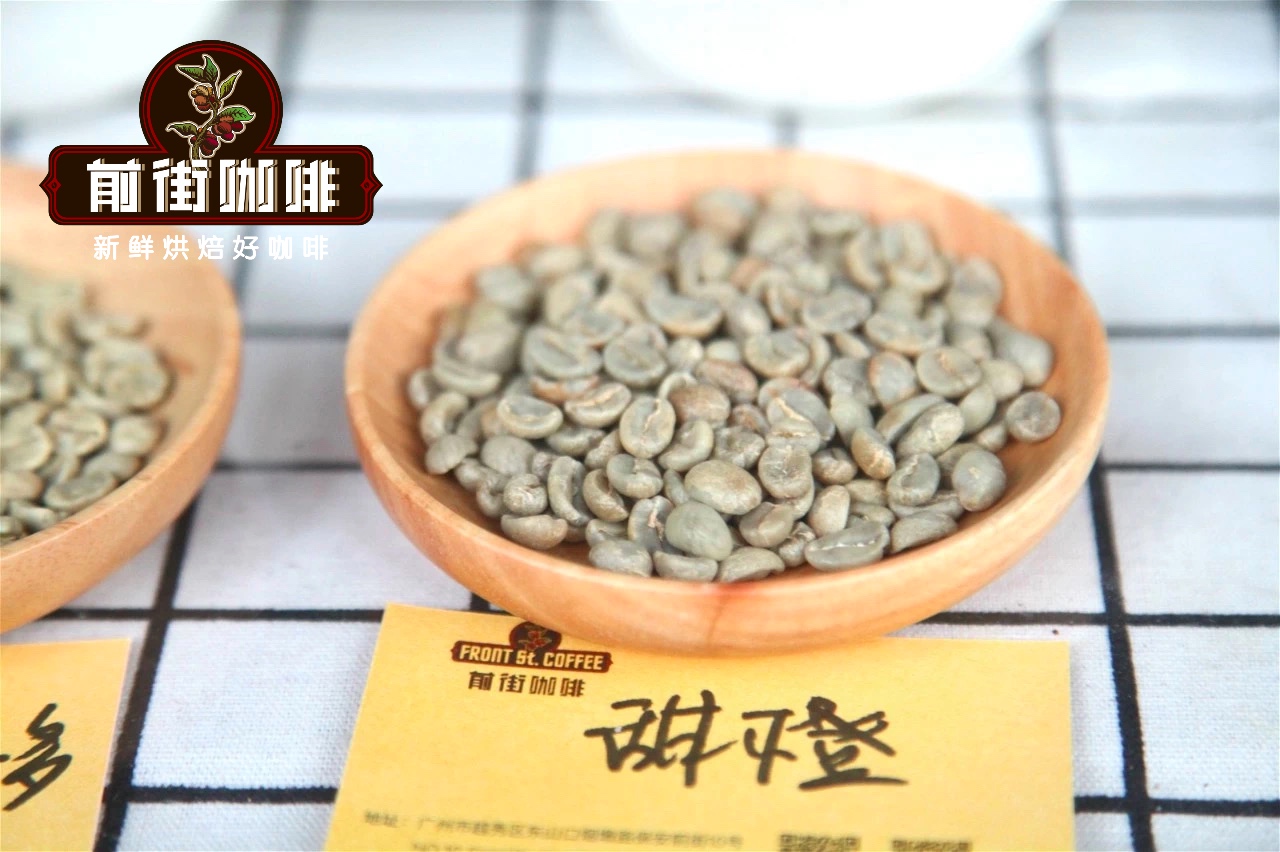
Country: Honduras
Producing area: Makala (Sweet Orange Manor)
Altitude: 1425m
Variety: Kaduai
Treatment: washing treatment
Flavor: citrus, cantaloupe, flower, sucrose, orange peel, nuts, tea
According to Qianjie, the Sweet Orange Manor is located in Makala, the most famous producing area in Honduras. The name of the manor comes from the fact that the coffee shade trees of the sweet orange manor are wild orange trees. Here, the aroma of wild oranges is also very strong, so the coffee grown here is rare and rich in sweetness. Orange fruit trees also inject rich flower and fruit fragrance into the coffee, and the coffee of sweet orange manor is also famous for it.
In addition, Qianjie also learned that the main varieties grown in the sweet orange manor are Kaddura, Bourbon and Rosa, and the sweet orange manor coffee beans in Qianjie are Kaddura varieties.
In 2016, Sweet Orange Manor also won the 14th place in the extraordinary Cup Coffee Competition.
Finally, through the cup test and cooking in the front street, it is concluded that this coffee bean of the sweet orange manor has the aroma of orange, which is very special, so coffee fans who like the smell of orange can try this sweet orange manor coffee bean and make sure they can fall in love with it.
Front street coffee Honduras litchi orchid coffee beans
Country: Honduras
Producing area: Masaguara (Moca Manor)
Altitude: 1500-1700m
Variety: Kaddura, Kaduai
Treatment: fine washing + brandy barrel fermentation
Flavor: brandy, dark chocolate, berries, soft acidity, honey
According to Qianjie, Moca Manor is located in the south of the Jes ú sdeOtoro valley in Masaguara, Honduras, surrounded by mountains and hills, mainly devoted to coffee cultivation, is the main engine of the local economy, and the area corresponding to the valley is dedicated to growing basic grains and livestock, with an average elevation of 853 meters above sea level and more than 1500 meters at high elevations. This litchi orchid in Qianjie comes from this.
Barrel fermentation method
And this litchi orchid coffee bean in Qianjie, as mentioned earlier, is treated by barrel fermentation. This litchi orchid is a fine coffee bean carefully selected in Qianjie, which is similar to Shirley coffee bean. Both of them are fermented in wine barrels, so they both have a strong wine flavor. The difference is that litchi orchid coffee beans are fermented in brandy barrels, while Shirley is fermented in whisky barrels. This leads to different flavors of their wine.
And according to Qianjie, the process of Honduran wine barrel fermentation is to first wash the coffee cherries after picking, then put them into brandy oak barrels to ferment at a low temperature for 30-40 days, the temperature is about 15-20 ℃, and then dry in the shade. The lychee and orchid coffee beans are also fermented in brandy barrels, so the beans show a soft feeling, as well as the sweetness of lychees and honey, while combining alcoholic brandy and oak aromas. It's wonderful.
Front street coffee Honduras Shirley coffee beans
Country: Honduras
Producing area: Masaguara (Moca Manor)
Altitude: 1500-1700m
Variety: Kaddura, Kaduai, Pacas
Treatment: fine washing + whisky barrel fermentation
Flavor: vanilla, cream, fermented wine, dark chocolate
The Shirley coffee beans on the front street come from Mocha Manor as well as litchi orchides. as mentioned above, they are all fermented in barrels, except that Shirley uses whisky barrels to ferment, and the variety of coffee beans is made with Parkas.
According to the Qianjie cup test, the difference between Shirley and Litchi orchid flavor is that Shirley will be more balanced, acidity will not be too prominent, with obvious wine charm and black cocoa, just like a wine heart chocolate. In addition to the wine rhyme, litchi orchid also has a long-lasting sense of fermentation, as the temperature of the cooked litchi orchid cools down with the tonality of litchi and grapes, exquisite and elegant.
The above is some information about Honduran coffee organized by Qianjie, hoping to enable coffee fans to have a deeper understanding of Honduran coffee beans, so that they can choose coffee beans that suit their own taste. This is what Qianjie hopes to do for coffee fans.
For more boutique coffee beans, please add private Qianjie coffee on Wechat. WeChat account: kaixinguoguo0925
Important Notice :
前街咖啡 FrontStreet Coffee has moved to new addredd:
FrontStreet Coffee Address: 315,Donghua East Road,GuangZhou
Tel:020 38364473
- Prev
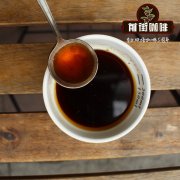
Have you ever had Honduran Litchi Orchid Coffee?
Professional coffee knowledge exchange more coffee bean information please follow the coffee workshop (Wechat official account cafe_style Honduras litchi orchid treatment: exquisite washing + brandy barrel fermentation manor: Moca Manor altitude: 1500-1700m beans: Kaddura roasting degree: shallow roasting Origin: Intibuka, Honduras, Masala Gua Town Flavor: lychee, Brandy
- Next

What are the types of coffee "defective beans"? How to distinguish defective beans in coffee?
More information about coffee beans Please pay attention to coffee workshop (Wechat official account cafe_style) mildew beans grow cyan and white because they are not completely dry or are too wet during transportation and storage, which sometimes make the beans stick together. If these moldy beans are not removed, they will produce a moldy smell. Dead beans. Beans with abnormal results. Color is not
Related
- What documents do you need to go through to open a coffee shop? coffee shop coffee shop certificate processing process
- How to purchase Coffee beans in small Cafe how to choose a suitable supplier for domestic Coffee supply Company
- How to drink Starbucks Fragrance White Coffee? how to make Australian White Coffee? what Italian coffee beans are recommended?
- The Story of Flora Coffee: the name of Flora Coffee Bean and the implication of the Flowers on Florna Coffee
- How much does a cup of coffee cost? How much is the profit of a cup of coffee? What is the profit of the coffee shop in a year?
- Yunnan small Coffee, known as "fragrant Coffee", introduces the characteristics of Alpine Arabica Coffee producing areas in Yunnan, China
- 2023 latest Starbucks full menu price list how much is a cup of Starbucks coffee what is better to drink the most popular hot and cold drinks recommended
- Starbucks different kinds of Coffee Price list Starbucks menu 2023 Top Ten Best drinks in Starbucks
- Starbucks Spring praise Comprehensive matching Coffee Bean theme Story Packaging implication and taste description
- The cost of a cup of coffee latte American coffee cost price and selling price

